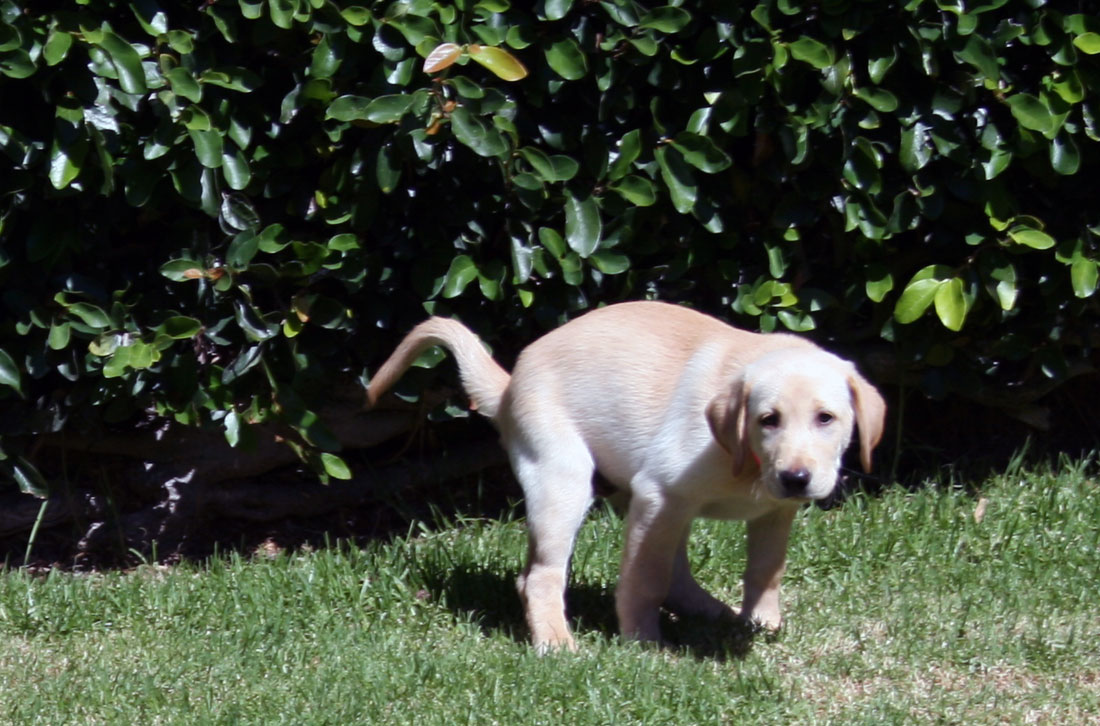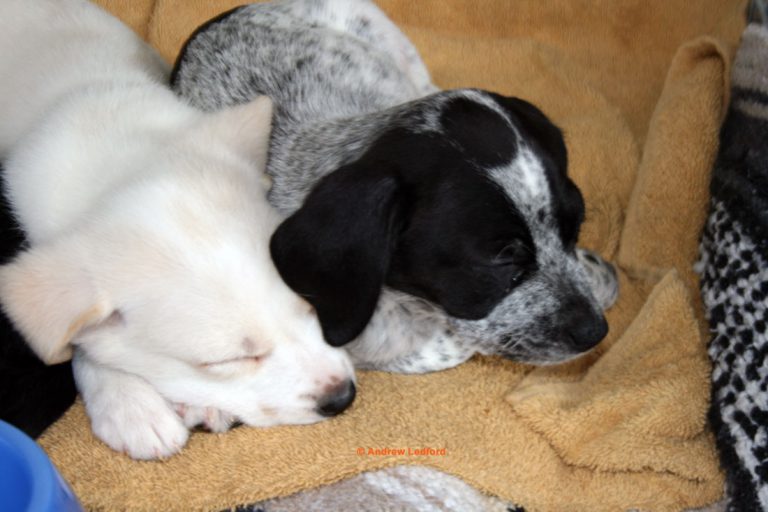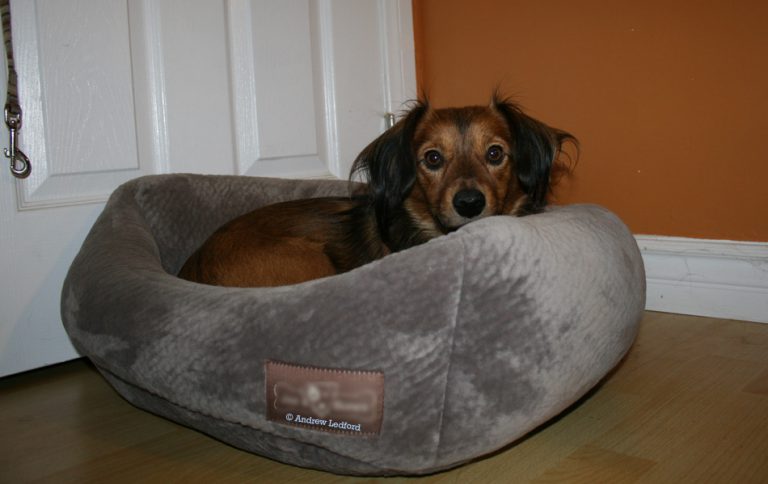How do you Teach your dog to Potty in the yard not on walks.
My standard, How do you Teach your dog to “Potty” in the yard not on walks routine, plus recommendations from the old Dogs Community.
In this article we’ll first look at my typical potty in the yard routine, then we will look at what members of social media suggested. Getting a dog to potty in the yard is often done as part of a house-training program.
- Ensure the dog is comfortable eliminating in the yard and preferably on leash.
- Take the dog out after it wakes up from sleeping and after eating.
- Have the dog engage in vigorous activity, such as short intense obedience training and/or playing retrieve.
- Take the dog to a designated area, preferably away from the house or at least away from the house door.
- Put “Potty” on command and use food reinforcement for going potty.
- After the dog eliminates in the yard, engage in a social activity the dog finds reinforcing. For dogs that prefer eliminating on walk this is usually a walk.
- Don’t take the dog for a walk unless the dog goes potty in the yard.
This article has its genesis in a question asked by a member of my old Google Plus Dogs community.
“How to teach a dog potty in the backyard instead of on walks” is a question that was asked in my Google Plus Dogs Community. I will answer this question while addressing some of the solutions members suggested. The “Dogs community” had over 225,000 members, with many experienced dog people.

We’ll continue our not to potty on walks and go in the yard discussion with training suggestions from members.
Here is a list of answers by members from the Dogs Community. I’ll paraphrase some of the answers for brevity.
- Turn the dog loose in the backyard. The dog will potty once he gets comfortable.
- When the dog goes in the backyard, congratulate him there instead of when he goes on a walk.
- The dog gets excited when walked, this causes him to potty. Get him excited in the backyard before the walk. If he still poops on the sidewalk, use a reprimand.
- Put the dog’s stools in the area of the backyard you would like him to use. The scent will encourage him to go there in the future.
Answer 1 – getting the dog comfortable being in the backyard is good for a lot of potty problems. I have worked with dogs that are somewhat insecure in the yard. For these dogs, getting them accustomed to the yard is one step to solving the problem.
However, what I’ve found is the majority of dogs who want to potty on walks are already comfortable with being in the yard.
If your dog is already comfortable with being in the yard and still wants to go potty on walks you’ll need a different approach. This means that additional habituation of the dog to the yard may not have much impact on the problem.
Some dogs who wait until they are on a walk to go potty consider the yard as part of their living area. When working with this type of dog it can be helpful to think of the yard as an extension of the house. When the dog wants to keep the yard clean our job is to recondition or train the dog to use one part of the yard as a potty area. It’s sometimes helpful to have the potty area fairly well defined and away from the back door. Generally this is the far corner of the yard or around to the side of the house.
Being slightly fearful is one reason dogs will not eliminate in a certain area or under certain circumstances. It’s been my experience that there are more dogs who are stressed going potty in public than in the yard. But for dogs who are insecure in the yard, training them to be more comfortable will help.
Answer 2 is good and is what I usually do in a housebreaking program. However, this suggestion is more helpful if we make a few semantic modifications. We will make this technique much more powerful by changing the term congratulate to reward or reinforce. I always incorporate this tactic in a retraining program.
The kind of congratulations I recommend involves more than verbal praise. I usually use food or a toy and play as an immediate reward. While the reward right after the act is important, the big reward would be some kind of enjoyable social interaction. A walk usually works well. That is, if walks are rewarding to your dog.
Answer 3 also has merit. In many dogs the urge to potty is stimulated by activity.
Excitement and activity do stimulate the need to potty. One way I will try to get the dog to eliminate before the walk is to exercise them in the yard before we go out walking. I will usually do some fast paced obedience training combined with free time and play. I am guessing this works for about half of the dogs I train.
For dogs who are more determined to only go on walks and not to go in the yard I use a more structured program involving crate training and well timed outings.
When training a dog that’s unwilling to go in the yard you can take the dog for a walk. But don’t go too far from the house. When the dog shows some signs it is getting ready to potty, quickly take it back to the yard. You may need to move back to the house at double time or quicker. Get ready to run. Once you’re in the yard, let the dog potty and reward with food or a toy and then go back to finish your walk. Some dogs will go a second time while on the walk so try not to go too far from the yard until you know your dog’s habits and/or it is yard trained.
As you train your dog you will get to know it much better. By knowing your dog better you’ll also be able to predict when it’s most likely to go potty. If you discover a pattern you can use this information to help determine how you will structure the training program.
Keep a small notebook in your pocket so you can start collecting data as to how, when and where your dog goes. This will also show you how effective you are at getting the dog to go in the yard and how many times you’ve reinforced going potty in the yard.
My experience would indicate that answer 4 is not very effective. It is true that having one or more of the dog’s stools in the yard may operate as a cue for the dog to go. However, it will probably not work very well if it is the only training technique you employ.
I don’t think putting a stool in the yard will hamper your training. In fact I often do this to give the dog a cue as to the area of the yard I would like it to use. But as I said it has been my experience that it does not increase the rate at which most dogs learn to potty in the yard and not potty on walks.
When Housebreaking and/or yard reconditioning your dog, develop a multifaceted dog training plan that incorporates a holistic approach to the problem. Try to avoid using a hodgepodge of disjointed techniques. Employ several training techniques that will all add up and contribute to a trained dog, and they can all be done at the same time.
Wishing you the best in dogs and in life,
Andrew Ledford
Southern California Dog training
714-827-4058



